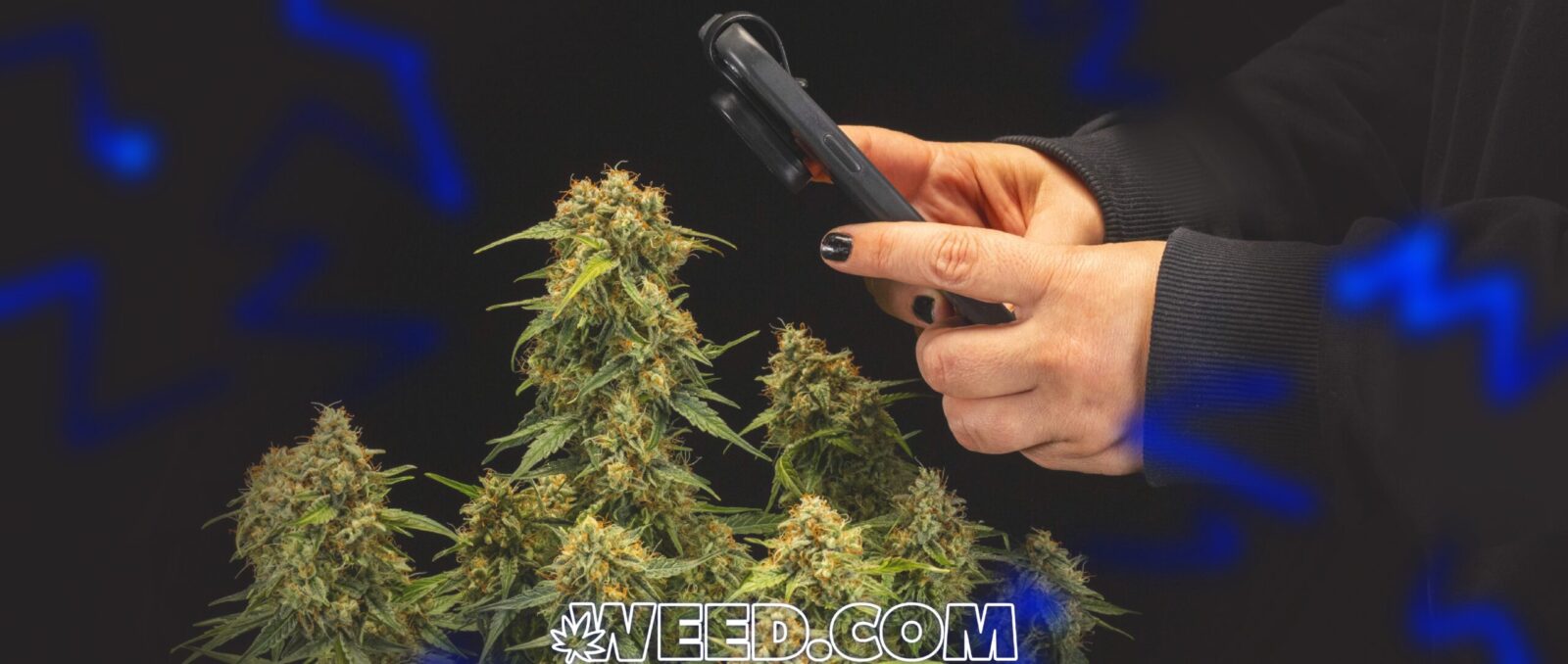Published on January 29, 2021
Last Updated on October 24, 2025

Growing Sativa and Indica cannabis strains ain’t just about sticking seeds in the dirt and hoping for the best. It’s an ancient practice with a dash of science and a sprinkle of good old-fashioned gardening know-how. Let’s wander through the pathways of these green wonders. Sativa and Indica—these names, they paint pictures in the mind, don’t they? One reaching for the skies, all gangly and eager, a verb in plant form. The other, more grounded, solid, like a comforting noun. The difference in their stature, well it’s like comparing a tale from warm equatorial countries to one spun in the cool shade of mountains. Sativa, it’s like an old song from Mexico or Thailand, while Indica hums quieter tunes from Central Asian soils. Grow these plants? It’s like picking characters according to the setting of your story.
This post is intended as information and for general knowledge only. It is not a substitute for medical advice, diagnosis, or treatment. It is recommended that you consult a healthcare professional before introducing cannabinoids into your daily routine, especially if you have been diagnosed with any medical conditions or are under any medication. It is not recommended to drive or operate any machinery when using hemp-derived products. Use responsibly!
Understanding the Growing Environment
Aye, it matters where you place these green beings. Sativa revels in the embrace of the sun and the dance of warm breezes—imagine equatorial lands welcoming them every morning. If you’ve got an indoor space, transform it like a medieval castle—light in abundance and those tricky temperatures monitored like royal treasures. Outdoors? Oh, it’s more of a whimsical play with nature’s fancy.
Indica, well, she favors the cool embrace, like the shadows of mountain peaks at dusk. She can handle snug spaces, allowing her roots to cozy together. Soil? It’s not just dirt. It’s the storyteller’s page where roots write their own saga. It must be rich and balanced, a festival of nutrients.
Planting and Germination Process
Now, setting the scene for these seeds is akin to performing a bit of magic—it needs the essence of choice. Like a Middle English spell from old books, germination calls for water, warmth, and plenty of patience. Sativa, she likes things spacious; her roots yearn to stretch. Indica’s compact nature fits her even into a pocket of earth. Planting, it’s a gentle ritual, akin to placing stones on a path—each seed a secret waiting to be told.
Transplanting? It’s a ballet of fingers, ever so gentle. Early days test resolve, throwing pests like villains into the tale, nutrient missteps like misunderstood phrases. Stay wary with eyes and ears open to cues and the wisdom of seasoned gardeners.
Nurturing and Supporting Plant Growth

Water’s a lifeblood, it sings in the veins of these plants. Sativa demands her share after a flirt with the sun but take care, don’t drown her. Indica drinks slowly, leisurely sipping the dew of life. Nutrients? They’re like riddles whispered in Old English, each strain with its own clues and needs. Listen closely.
Pruning and training are, oh, delicate matters. Remind you of giving a haircut, careful to not cause undue distress. Pests—they’re the villains, aren’t they? Organic remedies prefer the marching anthems over chemical warfare.
Flowering and Harvesting Stages
Then comes the flowering, the moment of theater. Patience is key, as stars aren’t born overnight, nor do flowers bloom in haste. Sativa enjoys a long pas de deux with the sun, whereas Indica is swift, brightening the day in quick alacrity. How to know they’re ready? It’s like catching the scent of rain—elusive, but oh, so telling.
Harvesting’s a careful rite. Bring forth the scissors, but do so with honor and care, lest the essence escapes. Drying—it’s handling history’s scrolls, too fast the tale fades, too slow, and rot claims the plot.
Legal and Safety Considerations
Ah yes, the law of the land, it’s as intricate as a tapestry from ancient looms. Know your own kingdom’s verses before you plant. Licensing, permits—they’re like passports to hidden realms. Secure every bit of your personal information with a dragon’s diligence, as it may prone to scrutiny and interpretation. Storage of the yield should be as the law dictates; respected and secure.
Additional Resources and Support Systems

In need of fellowship? Visit the grand halls of the internet, official websites abound with wisdom. Like hearthside chats, citizen groups offer tales both grand and small, aiding you in your quest. Professional assistance is never far, voices willing to lend an ear or share guidance and proof. Engage with researchers’ documents and tales of advanced methodologies, for knowledge, like a garden, must continually grow.
Conclusion and Future Considerations
We’ve journeyed down these garden paths, from seeds to harvest tales learned and shared. Growing Sativa and Indica becomes not only about cultivation but about connecting with the earthy essence of plants. The winds of change may billow with new ways, where creativity and nature embrace. Keep learning, absorbing, and stay aligned with the truthful ways. When a new season dawns, stand ready and wise, a spirit of green both in soil and soul. Cheers to your green adventures!
Also Interesting:
Does Weed Impair Driving
Does Weed Get Old